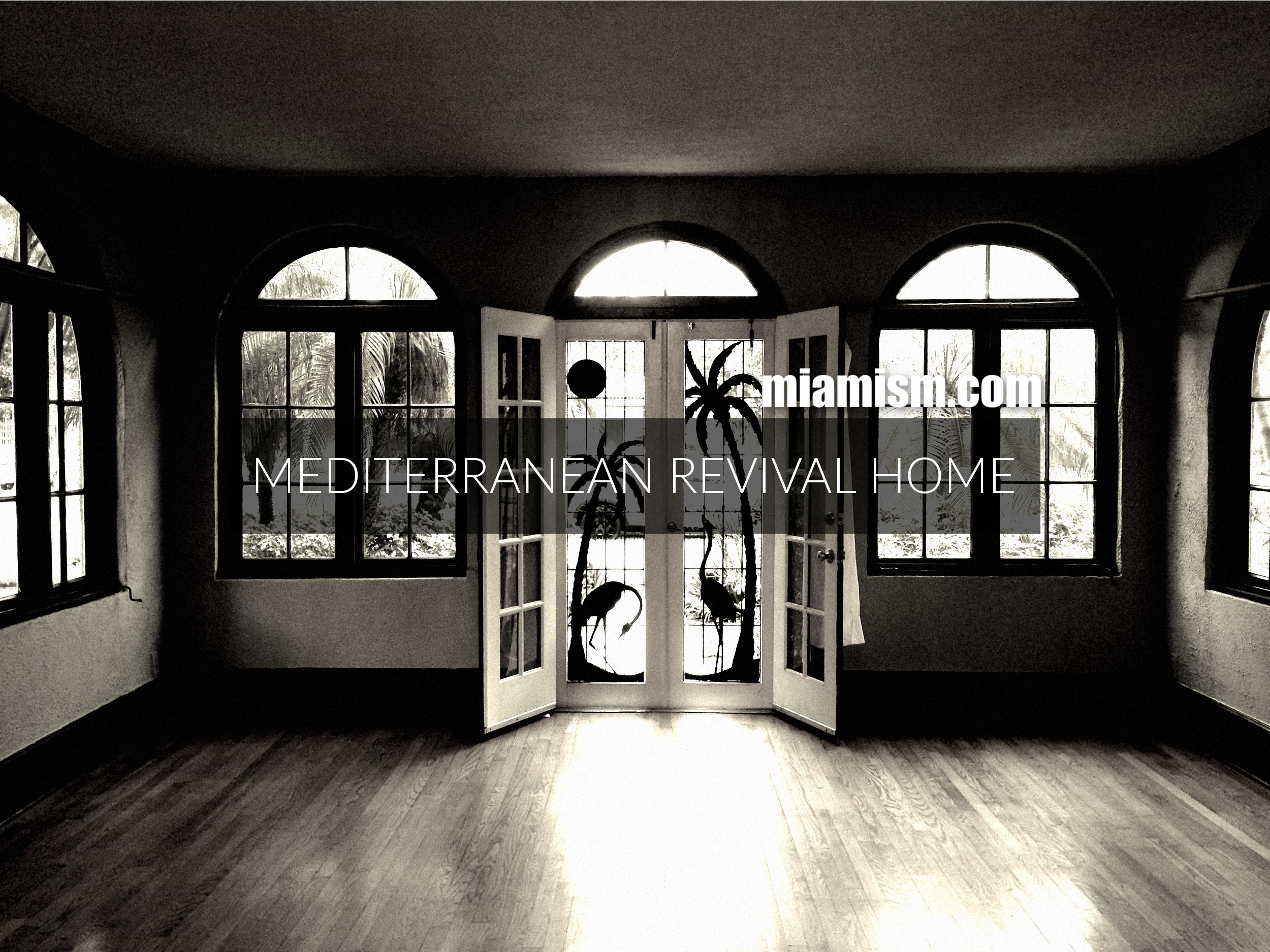
What Should You Look for When Buying a Historic Mediterranean Revival Home in Miami?
Quick answer: Buying a Mediterranean Revival home in Miami is about more than charm. Look for original features like Cuban tile roofs, hardwood or quarry floors, wood casement windows, and plaster walls. Check how much has been altered, whether updates respect the home’s character, and be prepared for plumbing, electrical, and structural upgrades. With the right eye and the right guidance, these homes can be both timeless and functional.
As an architect, I love historic homes. For many buyers, Miami’s historic real estate market offers something special: character, craftsmanship, and a tangible connection to the city’s early growth. For context, “historic” here usually means homes built from the early 1900s through the mid-century era.
There are generally two types of buyers:
- Preservationists who seek authenticity and want to restore a home to its original character.
- Charm-seekers who love the look and feel but are not as concerned with preservation.
Whichever category you fall into, here is what you should know before buying a historic Mediterranean Revival home.
Step 1: Evaluate Originality
Ask how original the house is. Has it been altered by additions or renovations that stripped away its essence?
Key elements to check:
- Roof: Historic Cuban barrel tile
- Floors: Hardwood, Cuban tile, or quarry tile
- Bathrooms: Original tile and fixtures
- Millwork: Crown moldings, cabinetry, door casings
- Metalwork: Balcony and stair railings
- Stucco and plaster: On walls and ceilings
- Windows: Wood casement or wooden double hung
- Fixtures: Lamps, knobs, and door hardware
Condition matters. Some features can be repaired or matched, while others are nearly impossible to replicate.
Step 2: Consider Modernization Without Losing Integrity
Mediterranean Revival homes were built before central air, modern wiring, or large kitchens. Modernizing is possible with sensitivity:
- Air conditioning: Install systems with minimal impact. Two story homes often use two zones to avoid soffits for ducts.
- Plumbing: Expect galvanized or cast iron pipes. Many owners replace them during remodels and it can often be done without removing finishes.
- Electrical: Upgrade fuses to breakers and replace cloth wiring for safety.
- Roofing: Salvage and reuse Cuban tile where possible, pairing with hand made modern tile.
- Windows: If replacing, respect original proportions and muntin patterns.
- Bathrooms: Use period appropriate tile and layouts.
- Kitchens: Expand thoughtfully with timeless materials that maintain balance.
- Front door: Choose a design that matches the period. It sets the tone for the entire home.
Modernizing historic homes is not about erasing the past. It is about adapting with respect.
Step 3: Inspect for Structural and Maintenance Issues
It is common for 1920s homes to show age:
- Settling floors and hairline cracks: Get a structural engineer’s opinion.
- Sagging joists: Reinforcement may be necessary.
- Water intrusion: Look for bubbling plaster under windows or doors. Proper re plastering with matching texture is key.
- Quarry tile and hardwood: Even worn surfaces can often be beautifully restored.
- Painted details: Preserve hand painted beams, stair rails, and chair rails when possible.
FAQ: Buying Historic Homes in Miami
Are historic homes more expensive to maintain?
They can be, but proper restoration preserves value and protects authenticity.
Can I make a historic home modern inside?
Yes. With the right approach you can add modern comforts while respecting the structure’s scale and style.
What is the most overlooked feature?
The front door. It sets the stage and should fit the home’s architectural period.
Key takeaway: Historic Mediterranean Revival homes offer unmatched charm and value. They require careful inspection and thoughtful modernization, and with expert guidance you can turn a good candidate into a true Miami treasure.
Ready to Buy or Sell a Historic Home in Miami?
You are not just investing in property. You are investing in a legacy. At Miamism, we have restored Mediterranean Revival homes ourselves, served on preservation boards, and guided countless clients through the process. We know how to spot original details, evaluate renovations, and protect long term value.
Do not just buy a house. Own a piece of Miami’s history.
Contact us today to start your search for a historic Miami home
